Hello folks!
We start this letter with a little update on what we’ve been up to. Since December, we have been hosting paper pulp making sessions with people at Jurong Regional Library on a community art programme “Rice as Binders”. It feels especially rewarding to know that these paper scraps from a previous showcase
can be renewed into these beautiful works by members of public, each sharing a personal memory relating with rice. These pieces are on display until mid-March.
The colours are made with three pigments: earth red, mango yellow, and indigo blue, with rice starch as the paint binder.
Working with used paper for this project brought memories of our visit to a bustling Sunday morning market at Pa Co village, North Vietnam, just last November.
When we arrived, the morning fog was still hanging over the market, and locals were bundled up for the cold year-end weather. Though only less than an hour’s drive from Mai Chau, we found ourselves slightly under-dressed as the relative warmth of the rice valleys transitioned into crisp mountain air. The village had one main road where people were selling a variety of products: traditional embroidered clothings, freshly made snacks and local delicacies, fresh vegetables grown and foraged, and livestock.
We spent a good amount of time gawking at some of the vegetables and herbs we’ve not seen before, such as this one which looked curiously like the inflorescence spikehead of the costus ginger.
Following up on our curiosity, our guide asked a seller who had arrived with baskets of these strange-looking plants. She cheekily told him (alongside a bunch of giggling elderly aunties) that they can be used as aphrodisiac for men!
A few stalls down, we came across these women who were selling stacks of handmade paper. This was an unexpected find for us, especially amidst all the vegetables and live chickens! The paper is made from bamboo, and we were told that the H’mong people, the majority ethnic group in the village, would burn them in their rituals to pay respects to their ancestors.
After visiting the market, our guide drove us five minutes down a smaller road, passing by the backyard of a local papermaker in the village. She seems to be one of the more established papermakers in the village, judging by the number of mould-and-deckles she had. There were more than a dozen mould-and-deckles made from a mixture of wood and metal poles, all propped up with drying paper.
The papermaker generously allowed us to spend some time at her space to observe her making process. Using only a giant wooden ladle, she scoops up the finely-pulped bamboo fibres from a pail and pours the pulp onto a mould-and-deckle in one smooth, steady swoop.
Although this craft is not tied to any specific gender roles, she believes that the women here makes better quality paper, as they have the gentler and steadier hands! (Also, side jokes from our guide and the lady’s husband that the Vietnamese men prefer to drink instead, hence less steady hands.)
We noticed a reservoir below that collects the water dripping through the mesh, presumably to conserve and reuse the water for practical reasons as paper making does consume a lot of water. A thin layer of bamboo fibres remains on the screen, still wet and soft but would eventually dry and harden into a sheet of paper.
Her method of retting bamboo fibres was a unique process; she coats them with a lime mixture and tightly seals them in empty fertilizer bags. As bamboo fibres are tough, they have to be retted sufficiently to make them softer and finer, with the help of certain bacteria. But this is just one of the many arduous steps.
Before pouring the fibres onto the screens, she ensured her pail of fibre slurry has an even consistency, using a handmade forked stick and running it through her pail to “catch” pieces that are still too long. She continued to beat and break these pieces with a heavy stick to soften them further before returning them either to the pail or back into the retting bag.
Here’s a short video of her papermaking process and a hypnotic rhythm of the water being poured and trickling:
Pa Co Village turned out to be a hidden gem to learn more about traditional Vietnamese crafts that are still being practised. We also met a woman, Mua, who introduced us to their indigo plant. More on that in another letter!
Upcoming Event:
Our next public programme will be with Practice Tuckshop (IG: practicetuckshop) titled “Grain to Paint”! Yes somehow we are exploring rice quite a bit this year, but it’s because it is such a versatile and surprising ingredient! This programme is suitable for families.
The sessions will be held on 20th and 27th April. More details and access to early discounts here.
Do note that the programme will be held in Chinese!
Masak on,
Liz and Shirin




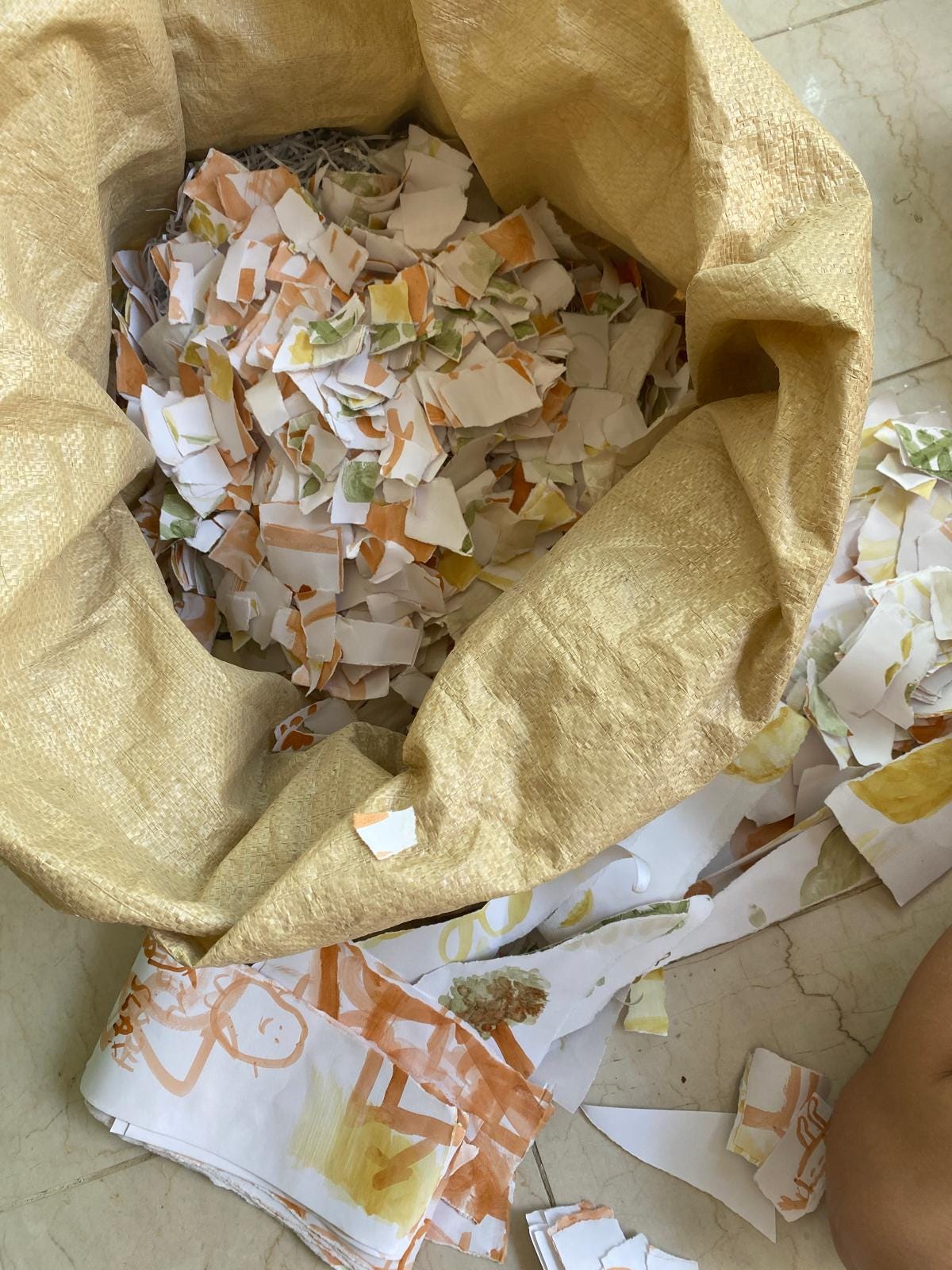
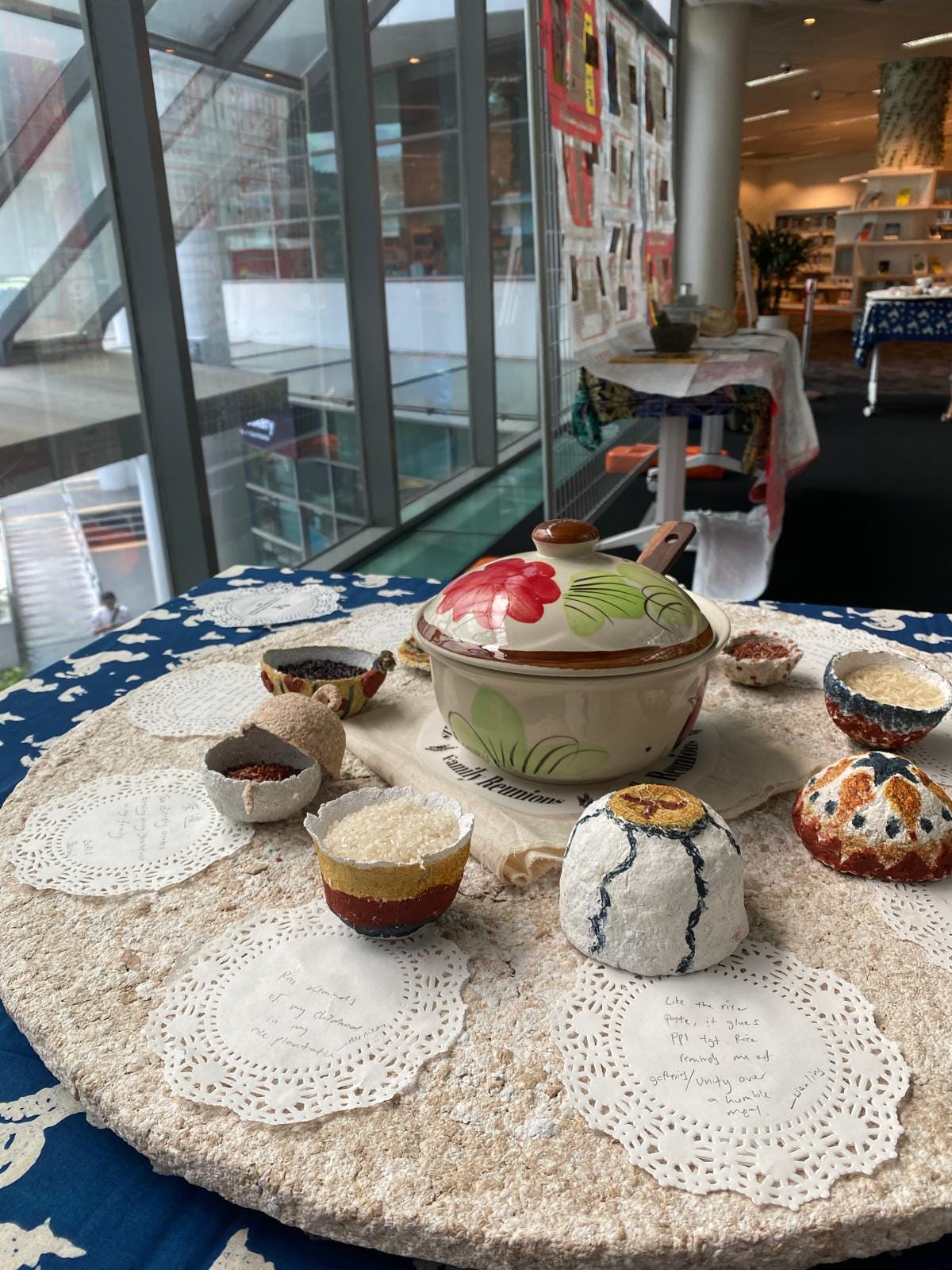
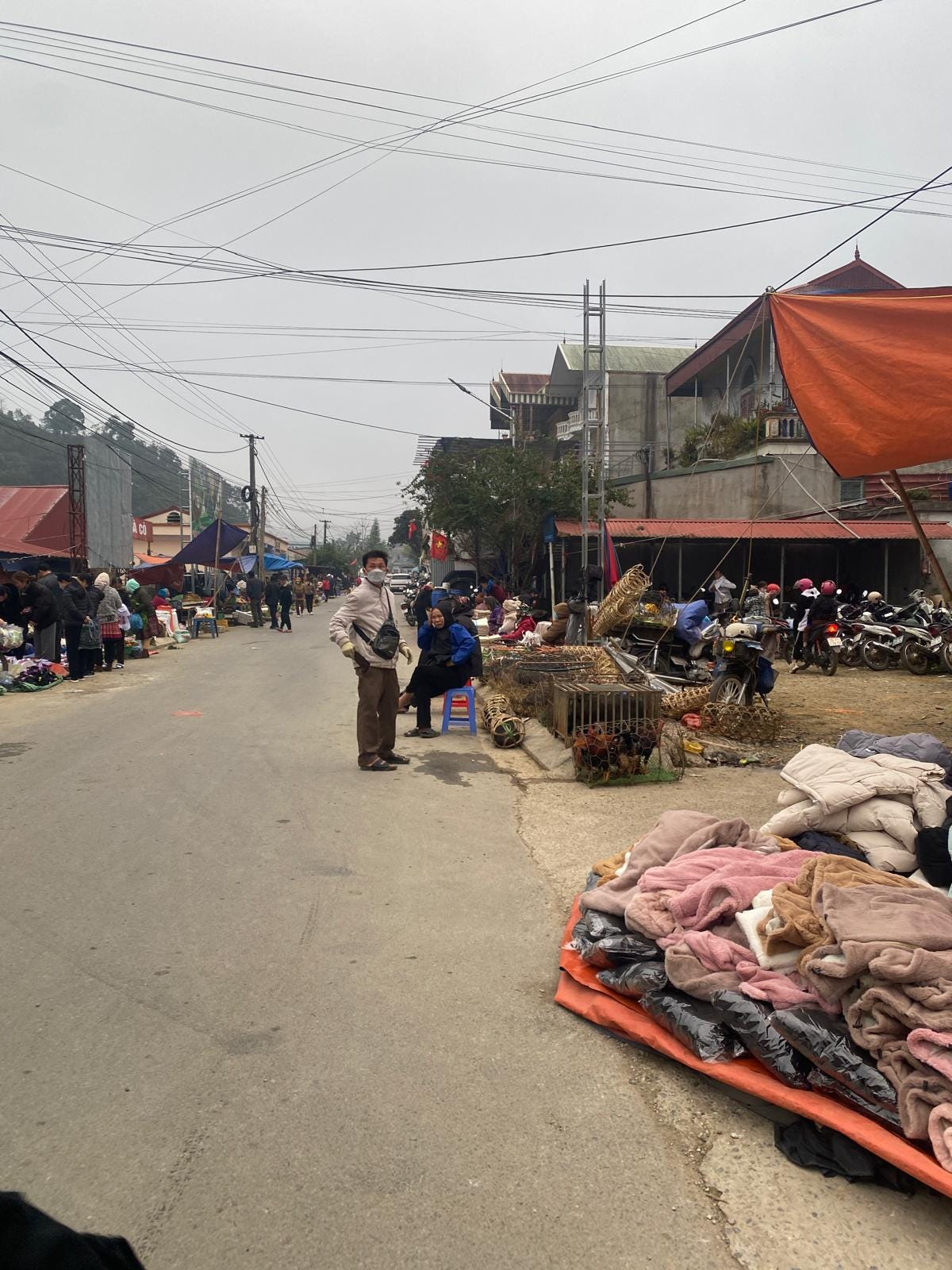
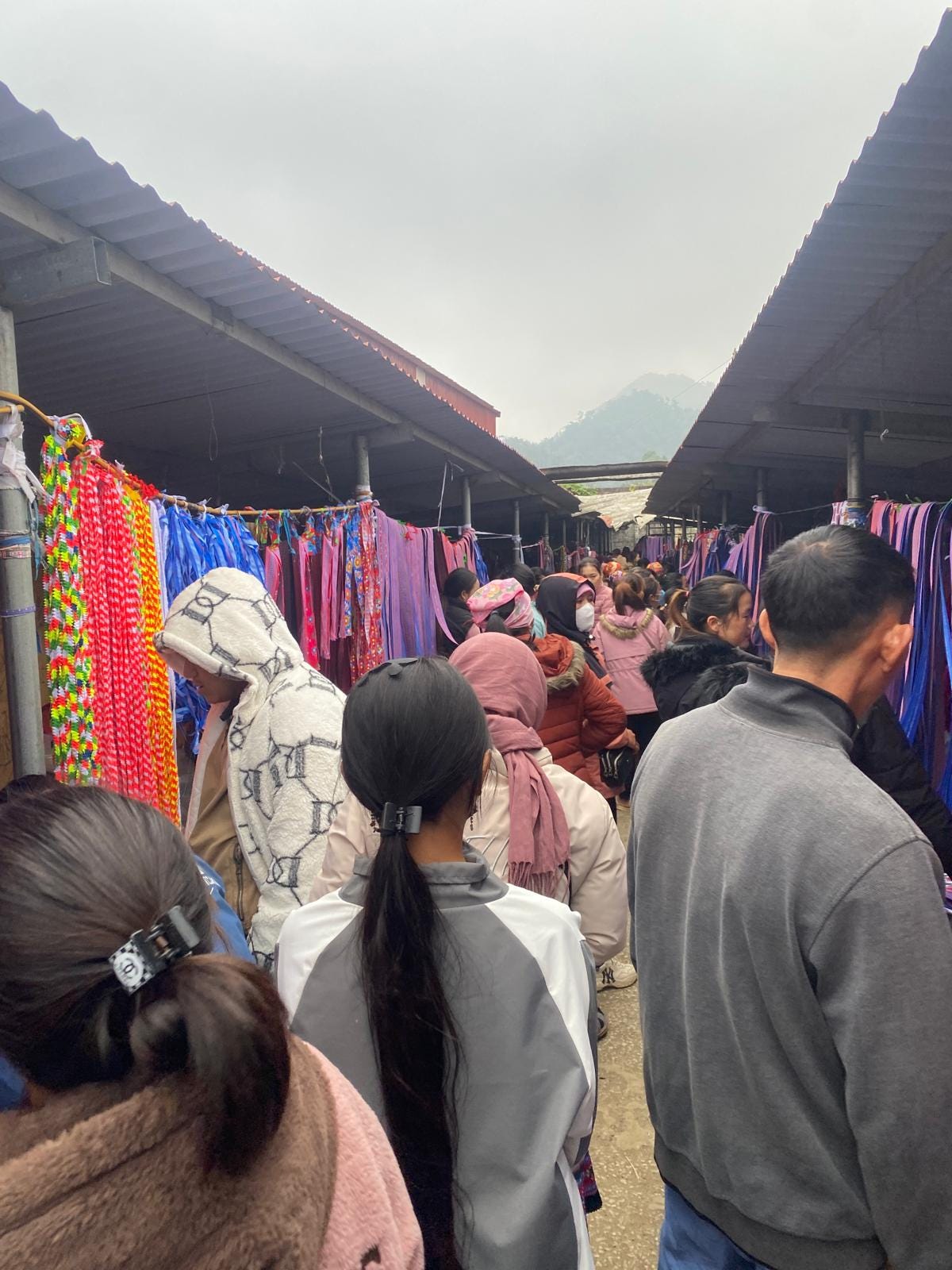

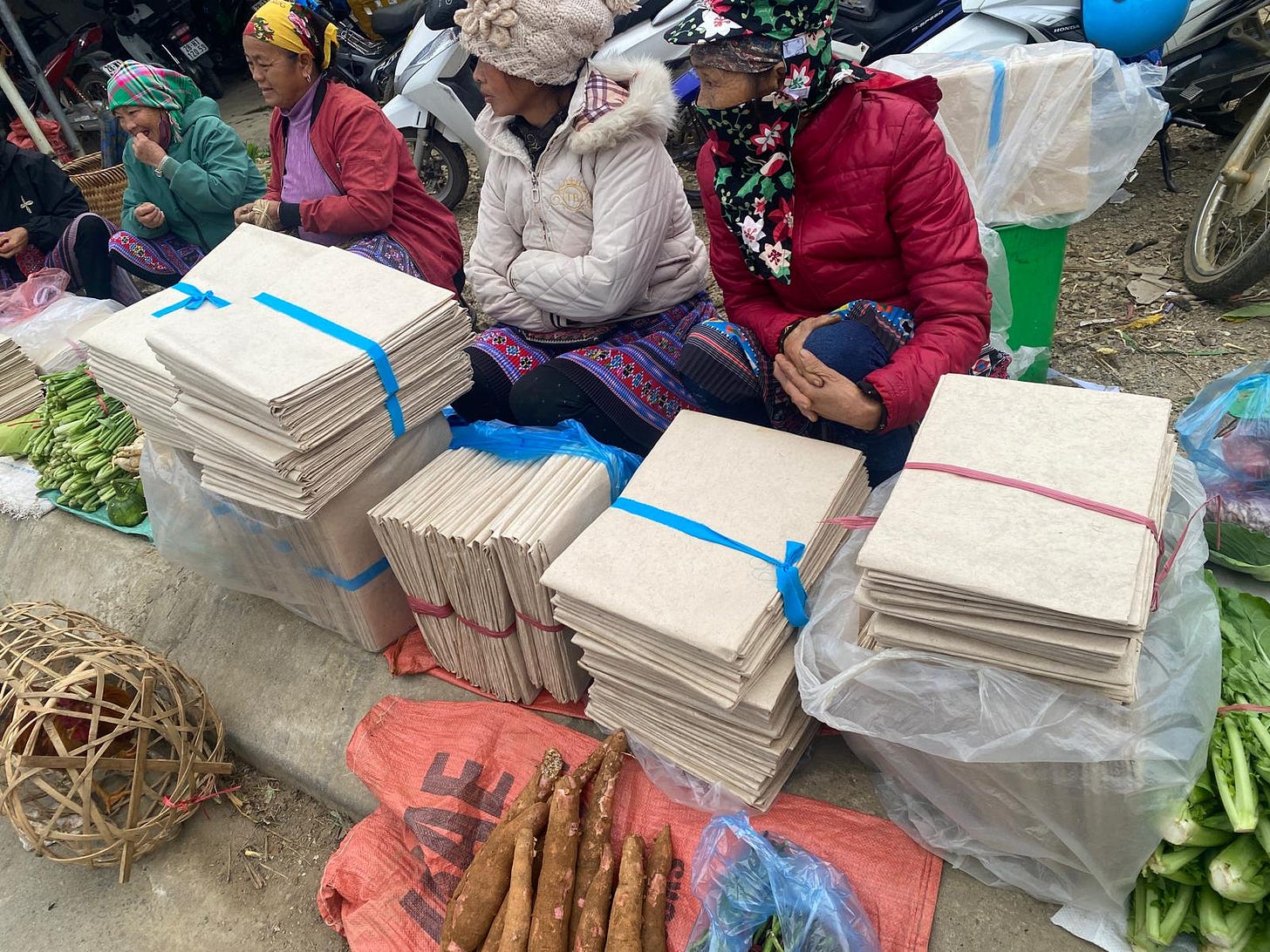
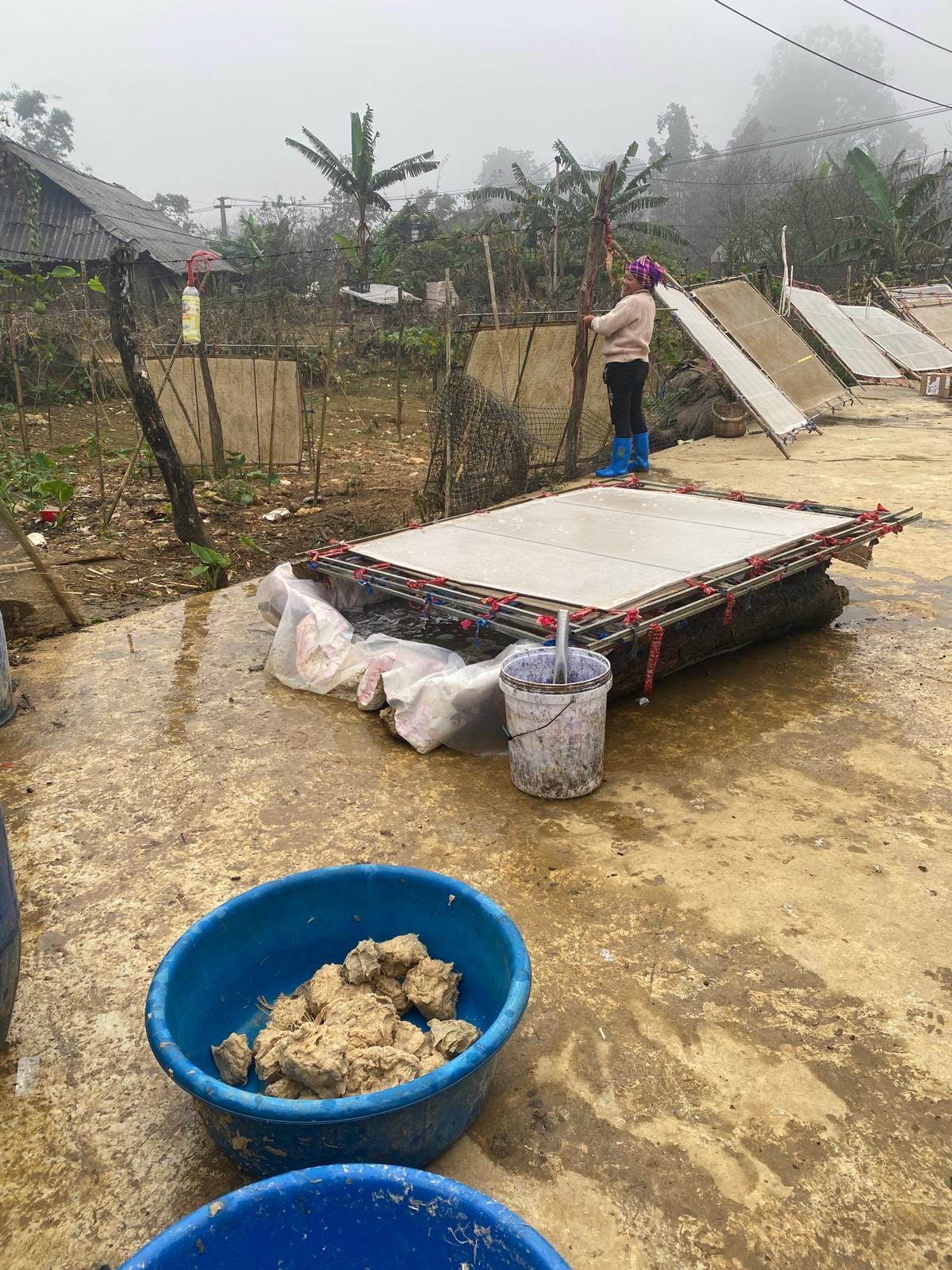
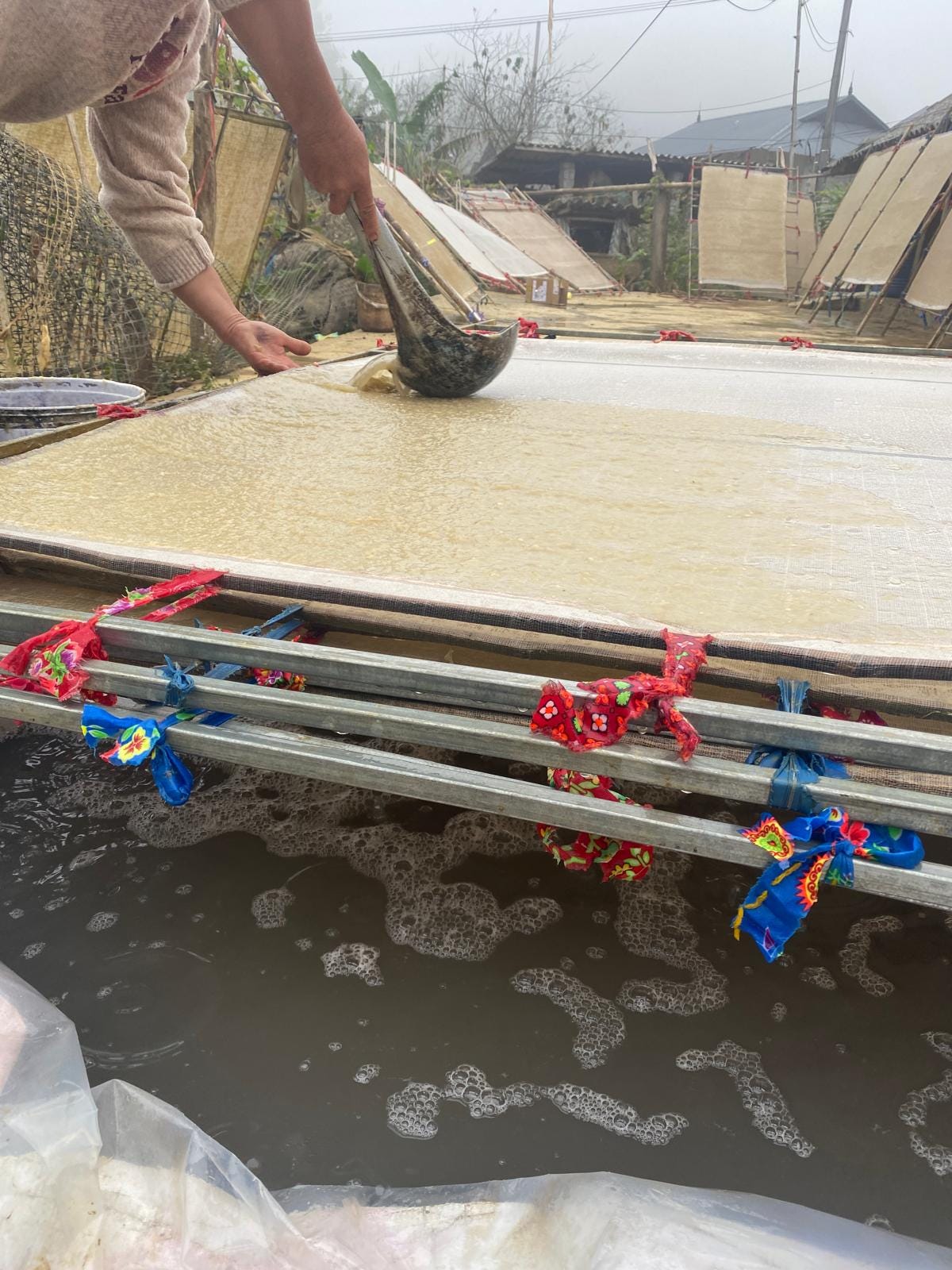



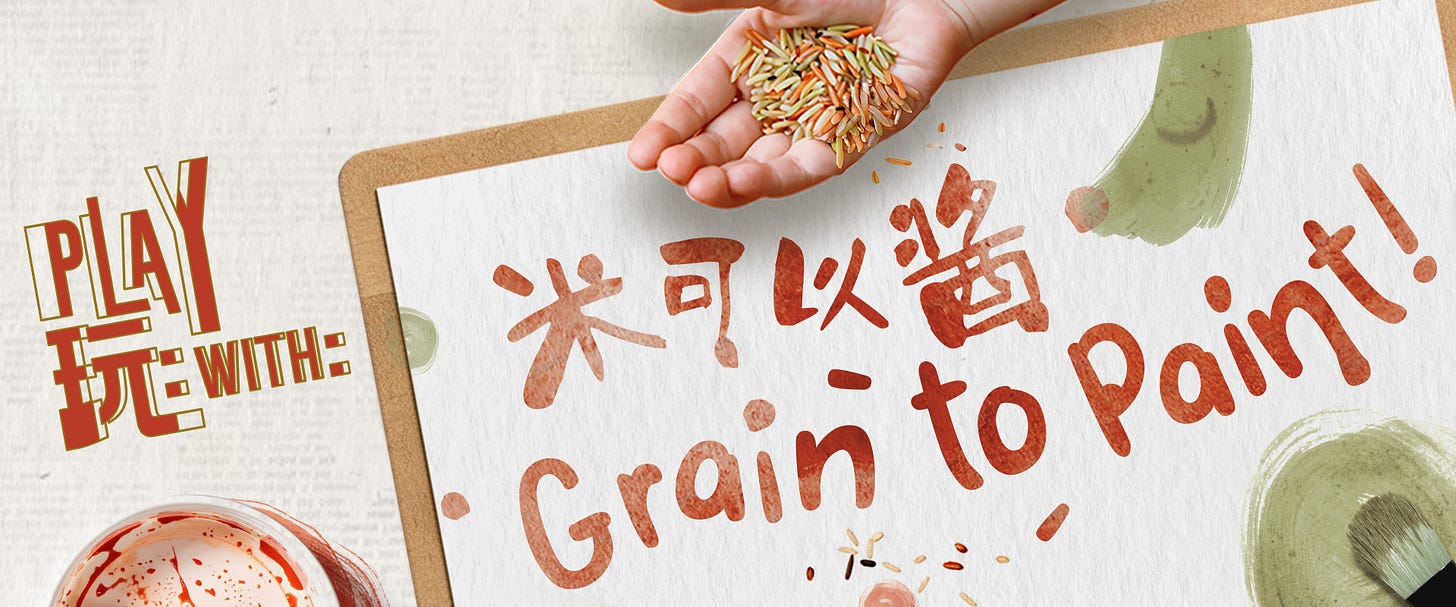
What an amazing experience! Thank you for posting this, especially her technique for making the large sheets of bamboo paper. A steady hand indeed, masterful.